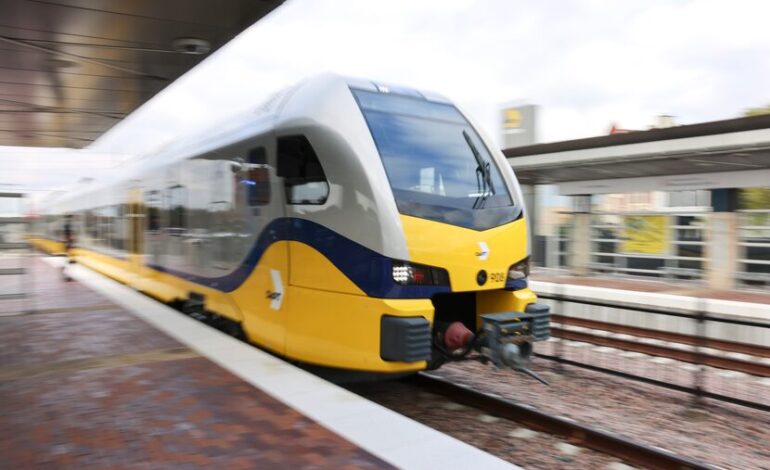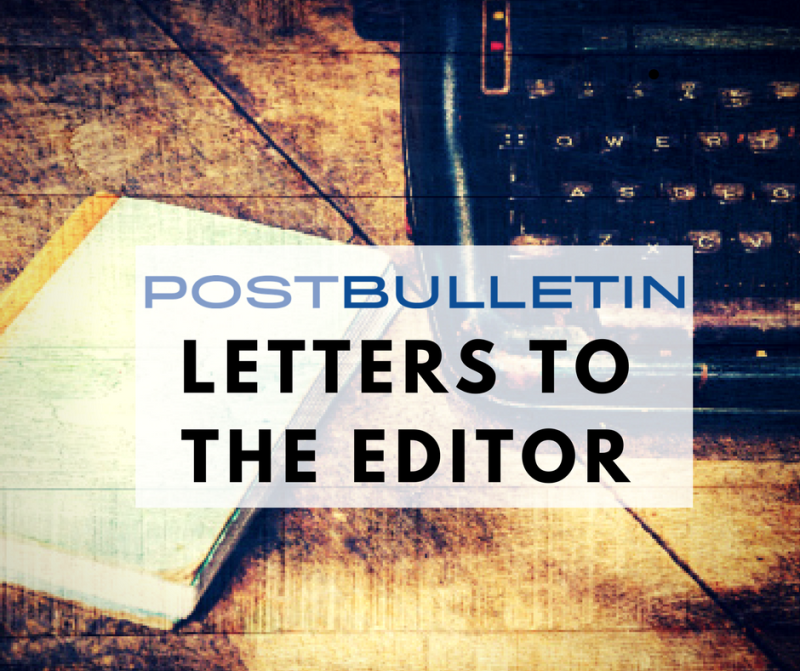North Texas Residents Face Decision on DART’s Future Funding

As discussions intensify among residents in North Texas about potentially exiting the Dallas Area Rapid Transit agency (DART), questions surrounding its funding and governance have emerged as critical issues. In May 2024, citizens of Plano, Irving, Farmers Branch, and Highland Park will vote on whether to continue their participation in DART, weighing concerns about service quality and cost against the benefits of remaining within the transit system.
DART, established in 1983 and authorized under Texas law, operates as a regional transit authority funded primarily through sales taxes. Member cities can levy a two-cent sales tax on every dollar spent locally, contributing one cent to DART. This financial structure allows cities the opportunity to redirect funds toward local economic development initiatives if they choose to withdraw from the agency.
The transit agency serves a total of 13 member cities, including Addison, Carrollton, Cockrell Hill, Dallas, Farmers Branch, Garland, Glenn Heights, Highland Park, Irving, Plano, Richardson, Rowlett, and University Park. In the 2024 fiscal year, DART reported a sales tax revenue of $851.8 million, which accounts for approximately 70% of its overall budget. Other revenue streams include passenger fares, federal funds, and interest.
Dallas is the largest contributor to DART, providing over $423 million in the 2023 fiscal year. Plano and Irving follow with contributions of $116 million and $103 million, respectively. Should Plano, Irving, Farmers Branch, and Highland Park choose to leave DART, the agency could lose more than $250 million annually.
A recent report by EY indicated that in fiscal year 2023, Plano contributed more than $109 million to DART, while the agency spent approximately $44 million on services within the city. Conversely, cities like Irving and Dallas reportedly received more in services than they contributed. DART officials have raised concerns regarding the methodology of the EY study and noted that it did not account for the economic impact of the $2 billion Silver Line, which connects DFW International Airport to Plano’s Shiloh Road Station.
A 25-year analysis from the University of North Texas Economic Research Group highlighted that development within a quarter-mile radius of DART light rail stations has generated a direct economic impact of $18.1 billion in North Texas. The study concluded that properties closer to DART stations command higher rents and contribute to job creation and increased income. DART’s contribution to the research was less than $50,000 for data collection and analysis.
In the 2024 fiscal year, DART reported over 29 million trips on its buses and more than 22 million on its light rail system. The agency experienced significant ridership losses during the COVID-19 pandemic, with bus ridership down 20% compared to 2015 levels. Similarly, light rail usage declined nearly 26% in the same time frame. Although ridership has shown signs of recovery since 2020, a report released in March indicated that the growth rate is slowing.
Irving Mayor Rick Stopfer expressed concerns about DART’s declining service levels in recent years. A city survey revealed that only 1% of Irving residents utilize public transportation services, such as DART or the Trinity Railway Express, on a daily basis. This upcoming vote will give residents a chance to decide on their future with DART.
Governance of DART is managed by a 15-member board, appointed by city councils from the member cities based on population. The city of Dallas holds the majority, appointing eight members, while the remaining seven come from the other cities. Plano City Council member Julie Holmer has advocated for a reevaluation of this governance model, asserting that the current structure allows one city to dominate decision-making regarding service distribution.
Under Texas law, member cities have the opportunity to hold elections every six years to withdraw from DART. The next such opportunity arises in 2026. As the spring vote approaches, the outcome will significantly impact the future of public transportation and economic development in North Texas.






